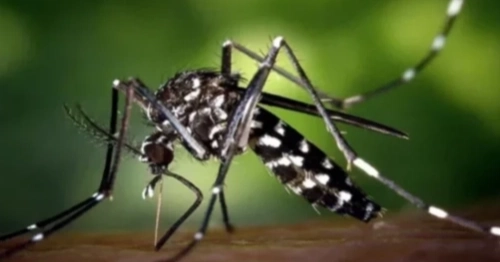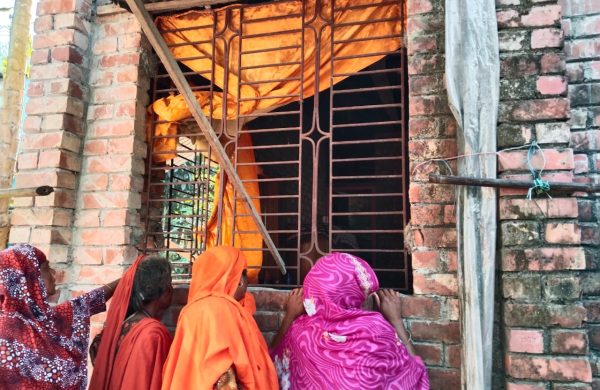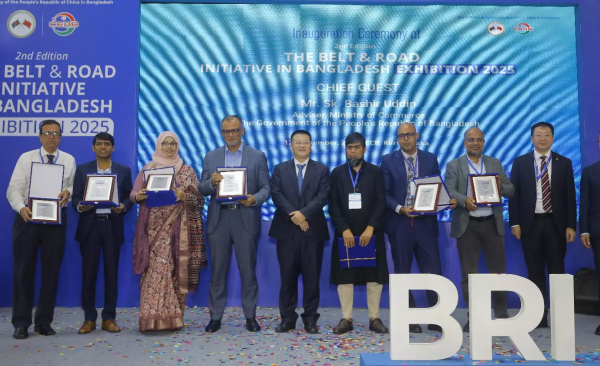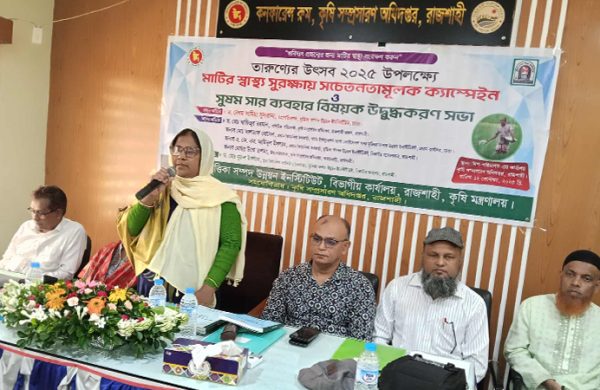Public awareness needed to address health diseases
- Update Time : Saturday, June 28, 2025

—Dr Mohammed Mahtab Hossain Mazed—
The outbreak of dengue, coronavirus, and chikungunya has been spreading in the country. Dengue and chikungunya are two mosquito-borne viral diseases, transmitted by the same carrier – the Aedes mosquito. The primary symptoms of both diseases are similar, such as fever, headache, muscle pain, and rashes on the body. However, chikungunya is often accompanied by acute joint pain, which may persist for a long time. On the other hand, dengue may sometimes result in complications like bleeding and respiratory distress. To prevent these two diseases, it is essential to avoid mosquito bites and eliminate mosquito breeding grounds.
Every year during the rainy season, the incidence of dengue returns – and this year is no exception. There are four types of dengue: DEN-1, DEN-2, DEN-3, and DEN-4. Among these, the most prevalent infections currently are caused by DEN-1, DEN-2, and DEN-3 serotypes. Once a person is infected with a specific serotype, they gain lifelong immunity against that type, but not against the others, making reinfection possible.
The dengue virus (DENV) is mainly transmitted by the *Aedes aegypti* and *Aedes albopictus* mosquitoes. These mosquitoes are more active during daylight hours and tend to lay eggs in clean, stagnant water. When an infected mosquito bites a person, they may become infected with the virus.
The main symptoms of dengue include high fever, severe headache, eye pain, muscle and joint pain, and skin rashes. In severe cases, dengue can lead to dengue hemorrhagic fever or dengue shock syndrome, which may cause internal bleeding, difficulty breathing, and organ failure. Symptoms usually appear 3 to 5 days after infection.
Dengue is diagnosed through blood tests that detect antigens or antibodies specific to the virus.
To control the spread of dengue, mosquito breeding grounds such as stagnant water in flower pots, discarded tires, and containers must be removed. Personal protection measures include wearing long-sleeved clothing during the day and evening, using mosquito repellent sprays, and sleeping under mosquito nets.
Chikungunya is another viral disease caused by the Chikungunya virus (CHIKV) and is transmitted by the same Aedes mosquitoes. Like dengue, the virus is spread by Aedes aegypti and Aedes albopictus mosquitoes. These mosquitoes lay eggs in clean, stagnant water and are active during the daytime.
Chikungunya presents with sudden high fever, severe joint pain (especially in the hands and feet), headache, muscle pain, and skin rashes. The hallmark symptom is intense joint pain, which may last for weeks, months, or even years. In rare cases, chikungunya may lead to neurological complications like meningitis or encephalitis.
Two main tests are used for diagnosing chikungunya: RDT (Rapid Diagnostic Test):Provides quick results and is typically used in the early stage of the illness. RT-PCR (Reverse Transcriptase Polymerase Chain Reaction):A more accurate test, usually done within the first week of infection.
There is no specific cure for chikungunya. Treatment is focused on relieving symptoms. Patients are advised to get plenty of rest and take fever reducers and painkillers (excluding aspirin, unless prescribed). Staying hydrated with water, fruit juice, and other fluids is important. Preventive measures include using mosquito nets and repellents, and ensuring that no water is left stagnant around the house.
Bangladesh is facing significant environmental degradation. While some development indicators have improved, public health and environmental safety have not kept pace. Public health and the environment are closely linked – the health and life expectancy of a population depend on the condition of their surroundings. Presently, the situation is alarming due to air, water, and noise pollution. Deforestation and the use of banned items like polythene, along with untreated industrial waste, are further polluting our soil, air, and water. Although noise pollution might seem less harmful, it is significantly damaging to human health.
Unplanned urbanization, ineffective mosquito control, and climate change are major contributors to the rise in dengue. Moreover, the emergence of new variants of dengue, chikungunya, and COVID-19 has made the situation even more critical. The period from June to October is considered the most vulnerable for viral fevers, and currently, their prevalence is rising across the country, including in the capital.
To control chikungunya and dengue, it is important to investigate mosquito breeding sources and transmission patterns, including identifying whether forest mosquitoes or their habitats are harboring viruses. Research on the genetic diversity of the dengue and chikungunya viruses in Bangladesh is urgently needed. Moreover, affordable diagnostic methods must be developed so that both diseases can be detected simultaneously during outbreaks.
Chikungunya and dengue are now national issues. Instead of panicking, a united approach is necessary to control these diseases. Only then can we hope to build a mosquito-free Bangladesh.
———————————————————————————–
The writer is Founder and Chairman, Jatiya Rogi Kaliyan Society



















